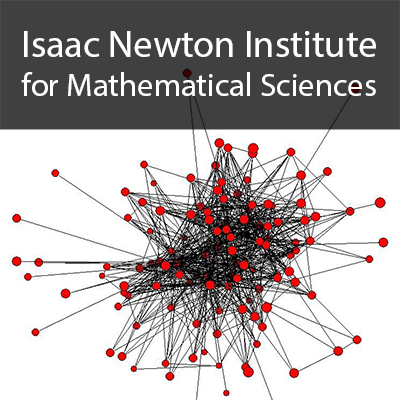Efficiency and Stability of a Financial Architecture with Too-Interconnected-to-Fail Institutions
Duration: 41 mins 37 secs
Share this media item:
Embed this media item:
Embed this media item:
About this item

| Description: |
Gofman, M (University of Wisconsin-Madison)
Thursday 28 August 2014, 14:30-15:00 |
|---|
| Created: | 2014-08-29 12:18 |
|---|---|
| Collection: | Systemic Risk: Mathematical Modelling and Interdisciplinary Approaches |
| Publisher: | Isaac Newton Institute |
| Copyright: | Gofman, M |
| Language: | eng (English) |
| Abstract: | How to regulate large interconnected financial institutions has become a key policy question. To make the financial architecture more stable regulators have proposed to limit the size and connections of these institutions. I calibrate a network-based model of an over-the-counter market and infer the hidden financial architecture based on bilateral trades in the Federal funds market. A comparison of the calibrated architecture to nine counterfactual architectures reveals that that efficiency of liquidity allocation decreases and the risk of endogenous contagion increases non-monotonically as banks face limits on the number of trading partners. I also find that in a less concentrated architecture more banks trigger a large cascade of failures, and it is more difficult to identify these banks ex-ante. Overall, my results suggest it is not optimal to restrict the number of connections of too-interconnected-to-fail banks because it can result in a financial architecture that is less efficient, more fragile, and harder to monitor. |
|---|---|
Available Formats
| Format | Quality | Bitrate | Size | |||
|---|---|---|---|---|---|---|
| MPEG-4 Video | 640x360 | 1.94 Mbits/sec | 606.29 MB | View | Download | |
| WebM | 640x360 | 753.23 kbits/sec | 229.68 MB | View | Download | |
| iPod Video | 480x270 | 522.21 kbits/sec | 159.18 MB | View | Download | |
| MP3 | 44100 Hz | 249.82 kbits/sec | 76.21 MB | Listen | Download | |
| Auto * | (Allows browser to choose a format it supports) | |||||

